
2018 marks our 30th Anniversary, and we’re celebrating! In the coming months, watch for updates about special events we have planned. We’ll also be posting stories, exploring the migratory milestones and positive impacts that our organization has made through the years, as well as looking to the future. We hope you enjoy this timeline featuring just a handful of the many accomplishments made possible by our many supporters, volunteers, partners, collaborators, board and staff.
Share your story!
Do you have a story from our past that you would like to share? Contact us.
1987
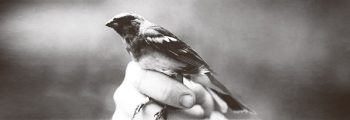
Bird banding stations established at Barr Lake monitor and collect data about migratory and resident birds, contributing to understanding about population changes among songbirds in the West.
1988
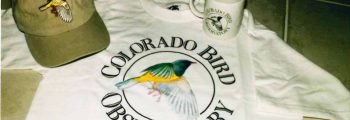
Colorado Bird Observatory (CBO) founded by Michael Carter through a challenge grant from the Colorado Division of Wildlife (now Colorado Parks & Wildlife)
1988
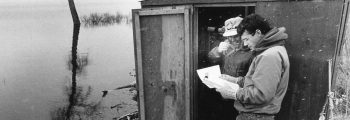
Bald Eagle Watch becomes first major initiative managed by CBO, enlisting citizen scientists to monitor a rare pair of nesting Bald Eagles at Barr Lake in Colorado. In the first year, 100 people volunteered over 1500 hours of time. That spring, the pair successfully fledged a male and female eaglet!
1988
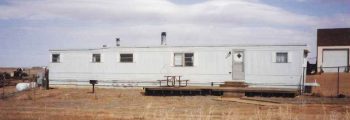
CBO moves into it’s first office – a mobile home outfitted with a library, photocopy machine, and work space for staff and volunteers.
1990
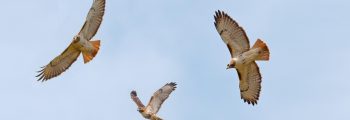
HawkWatch is established on Dinosaur Ridge, west of Morrison, to monitor the first known springtime raptor flyway in Colorado. Metro residents are trained in identification skills, as well as learning how to age and sex birds. In the first year, over 100 volunteers recorded 2,245 raptors of 17 species.
1990

In partnership with Colorado Division of Wildlife, CBO begins monitoring of Burrowing Owl nesting sites in Colorado. The data is used to create a classification system for owl colonies and determine the effects of urbanization, prairie dog management, and land development on the shortgrass prairie.
1990

Least Tern and Piping Plover studies begin in Colorado, confirming the presence of nesting birds in the state for the first time since the late 1970s and leading to the creation of a management plan in partnership with Colorado Division of Wildlife (now Colorado Parks & Wildlife).
1991
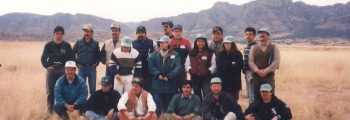
CBO initiates the Western Songbird Conservation Network which aims to increase cooperation across borders to conserve birds in the United States and Mexico. Concurrently, the West Mexico for Land Managers program engages partners and landowners to study migratory birds on the wintering grounds.
1992
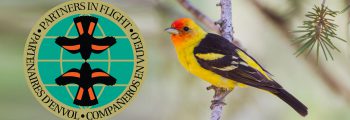
Partners In Flight Species Assessment Database created, coinciding with setting of conservation priorities for neotropical migratory birds in all 50 states. The database draws on a peer-reviewed, scientific methodology for analyzing, evaluating, and categorizing information related to the conservation of birds.
1992
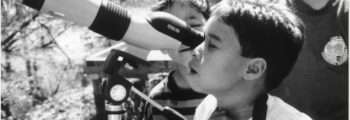
On The Wing summer camps launched in Colorado to engage teens in science and nature through ornithology. As of 2018, this program has enabled hundreds of young people to meet and work with professional biologists and researchers, learn about our natural ecosystems, experience the scientific process, and observe birds while exploring Colorado’s diverse array of habitats.
1994
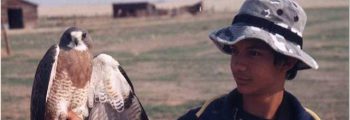
Birds Beyond Borders (Aves Sin Fronteras) program links classrooms in the U.S. and Mexico in the study of migratory birds. Teachers in both countries learn how to identify birds, collect data, and integrate the scientific process into the classroom. Students connect across borders to learn about bird conservation and their shared natural heritage.
1995
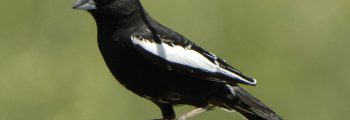
Monitoring Colorado’s Birds launched as first statewide bird monitoring program in Colorado, aiming to provide population data on breeding species in the state. The initiative follows a habitat-based approach and applies a variety of survey techniques (e.g., point transects, line transects, colony counts), laying the groundwork for larger monitoring programs across Bird Conservation Regions in the future.
1996
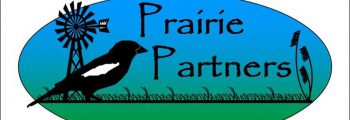
Prairie Partners—a voluntary, cooperative conservation program—is created to engage landowners and managers in the U.S. and Mexico to conserve shortgrass prairie and the birds that depend on it. Best practice manuals, workshops, pocket guides as well as other practical tools help guide conservation efforts on private lands to benefit people and birds.
1997
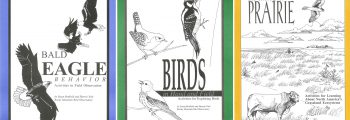
CBO’s educational offerings continue to expand with the development of new programs and resources. Classroom activity manuals include “Birds in Hand & Field” and “Bald Eagle Behavior”. More than 1,400 school children visit Barr Lake’s banding station, and plans are underway to establish an Environmental Learning Center in the park.
2000
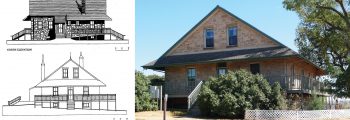
CBO moves into its permanent headquarters, the Old Stone House, a refurbished 1880s home located near the shores of Barr Lake. The new facility provides meeting space for community groups and staff offices, as well as base of operations for educational programs.
2001

Name changed to Rocky Mountain Bird Observatory (RMBO) to reflect the expanding impact and regional approach of the organization’s mission. A MacGillivray’s Warbler continues to adorn the logo, celebrating the local and international connections that this species represents. By 2001, RMBO is working in 9 states—from Canada to Mexico, and the Great Plains to the Colorado Plateau.
2001
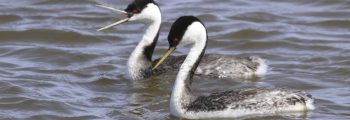
Project ColonyWatch initiated to monitor colonial waterbirds in Colorado, in coordination with the Monitoring Colorado’s Birds initiative. More than 50 ColonyWatchers conducted counts of 15 different species at over 200 survey locations, providing valuable data about the distribution and population levels of these species.
2001
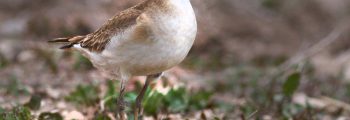
Mountain Plover private lands stewardship program launches in Colorado, then later expands to Nebraska. A suite of tools, resources and workshops are offered to raise awareness of prairie birds and provide guidance for landowners. Later, efforts expand to include habitat enhancement projects on thousands of acres of land in Nebraska, Wyoming and Colorado.
2005
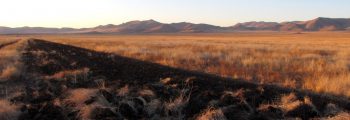
Chihuahuan Desert Grassland Bird Conservation is created to inventory and monitor wintering grassland bird populations in the most important grasslands in this region of northern Mexico. This bi-national project produced—for the first time—rigorous information on the distribution, density and habitat use of nearly 30 grassland species that overwinter in the Chihuahuan Desert.
2006
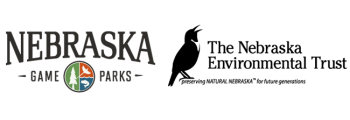
RMBO partners with Nebraska Game and Parks Commission and the Nebraska Environmental Trust to deliver educational programs for kids across the Nebraska panhandle. By 2017, these educational opportunities will reach 1 in 3 children across 7 counties in the western part of the state.
2007
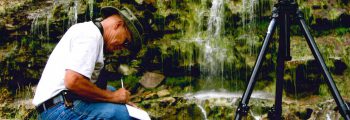
Richard G. Levad Award created to recognize excellence in the field of ornithology, honoring the memory of Rich Levad who—after 30 years as an English teacher—turned his lifelong love of birds into a second career with RMBO. The award honors those who conserve birds and their habitats, share personal knowledge, and provide distinguished service to the ornithological community.
2008
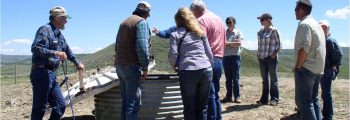
In partnership with Colorado Division of Wildlife and Natural Resources Conservation Service (NRCS), the Private Lands Wildlife Biologist program is established with four biologists in communities across Colorado. This program, which continues in 2018, utilizes a network of strategically-placed biologists to provide technical expertise to landowners and managers in their area.
2008
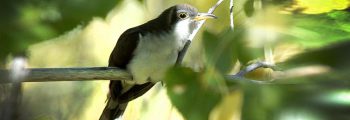
For the first time in a decade, RMBO’s Special Species Monitoring Program confirms nesting of Yellow-billed Cuckoo in western Colorado. Continued surveys focusing on this species provide useful data and inform Colorado’s State Wildlife Action Plan, which listed the Yellow-billed Cuckoo as a Species of Greatest Conservation Need.
2008
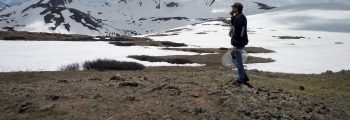
Integrated Monitoring in Bird Conservation Regions (IMBCR) program is launched, becoming one of the largest coordinated breeding bird monitoring programs in North America. IMBCR uses a statistically rigorous design based on random sampling, a broad network of partners that support the program, and reaches across many states and boundary lines, including public and private lands.
2009
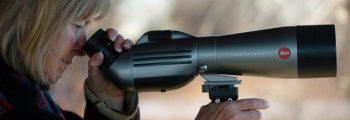
The Nelda Gamble Volunteer of the Year Award is created to recognize outstanding volunteer service. Nelda Gamble, for which the award is named, started the groundbreaking Bald Eagle Watch citizen science program in 1988. This award honors the dedicated volunteer spirit of those who give their personal time in an effort to conserve birds and their habitats.
2010
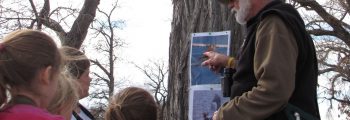
Volunteer Naturalists program initiated to involve citizens in environmental education. Open to folks of all ages and backgrounds, participants gained the knowledge and skills necessary to share the importance of bird and habitat conservation through classroom programs, field trips and outreach events.
2012
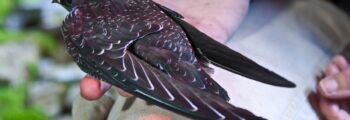
RMBO and partners Carolyn Gunn and Kim Potter discover the wintering grounds of the Black Swift, solving a mystery that had confounded scientists for over half a century. Using geolocator technology, scientists learn that Black Swifts travel more than 4,000 miles to spend the winter in Brazil, a country where they had never been documented before.
2012
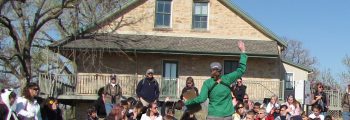
Students are welcomed to the new Environmental Learning Center at the Old Stone House, an inspiration point to nature, the outdoors and the wonder of birds. The enhanced center provides an indoor classroom space, an outdoor amphitheater, native plant demonstration gardens, and easy access to upgraded state park nature trails.
2012
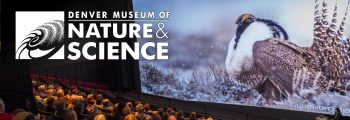
RMBO and the Denver Museum of Nature & Science partner to deliver first Annual Speaker Series focusing on birds. Guest speakers include ornithologists, evolutionary biologists and other avian-focused scientists, as well as award winning authors, wildlife photographers and filmmakers.
2013
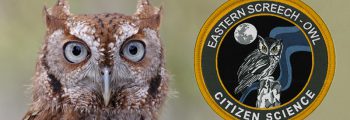
RMBO adds a new citizen scientist initiative with Eastern Screech-Owl monitoring along the Poudre River in Fort Collins, Colorado. As an indicator species, data about screech-owl populations sheds light on the overall riparian health along the river’s urban corridor—guiding future conservation and management plans for this critical natural resource.
2014
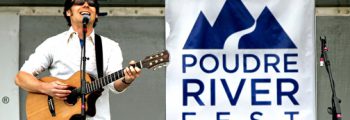
RMBO helps organize the first Poudre RiverFest in Fort Collins, CO. Created to celebrate, restore and educate local citizens about the Cache la Poudre River, the event provides a fun, family-friendly venue to connect people with the beauty, science and conservation of birds and habitat in their own community.
2015
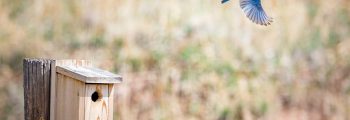
Colorado Bluebird Project citizen science program launched in Larimer County, CO. Volunteers collect data on breeding birds using bluebird boxes posted along hiking trails, then submit the data to Cornell Ornithology Lab’s NestWatch, providing much-needed information about bluebird populations on Colorado’s Front Range.
2015
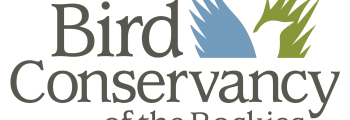
RMBO migrates to become Bird Conservancy of the Rockies, adopting a new logo and slogan: Connecting people, birds and land. The name reflects the scope of our cutting-edge research, private lands conservation and international programs—and reinforces our continuing mission of conserving birds and their habitats through science, education and land stewardship.
2015
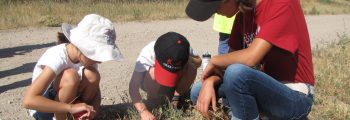
Leaders-in-Training Program (LIT) provides aspiring teens with vocational training opportunities. Inspired by campers from previous summers who were eager to attend other camps and give back to their community, the program builds leadership skills by enabling participants to share their passion, knowledge and enthusiasm for birds and the natural world with younger campers.
2016
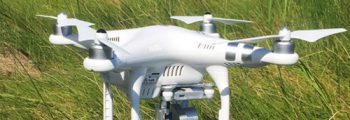
Bird Conservancy deploys Unmanned Aircraft Systems (UAVs) to survey grassland bird habitat in Mexico and the Northern Great Plains. Specialized software combines birds-eye view photos to create high-resolution images which can be used for biomass estimates and elevation modeling. The approach enables the timely study of habitat and landscape characteristics faster and at significantly larger scales.
2016

Neighborhood Nestwatch launches in the Denver Metro Area in partnership with the Denver Museum of Nature & Science and Smithsonian Migratory Bird Center. It is the first NestWatch hub located west of the Mississippi River. The program enlists volunteer backyards to gather scientific data about local birds, helping scientists study urban nesting success, annual survival, species composition and other variables.
2017
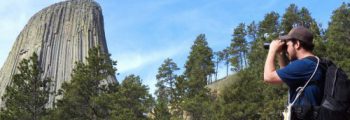
The Integrated Monitoring in Bird Conservation Regions (IMBCR) program celebrates 10th Anniversary. Total surveys soar above 18,000 in 15 states in 2017. To date, 1.2 million birds representing 402 species have been counted. Data gathered through the program is shared online through the Rocky Mountain Avian Data Center.
2018

In 2018, Bird Conservancy of the Rockies commemorates 30 years conserving birds and their habitats! We celebrate this milestone with you, the countless individuals, volunteers, partners, collaborators and staff who have made it all possible. Thank you for your support of our work and mission, and we look forward to the next 30 years!
Chip in to Conserve Birds and their Habitats
Your donations help us address the most pressing needs for conservation, ensuring birds and healthy lands exist for future generations. You will be supporting the work of biologists, scientists and educators across the Rocky Mountains, Great Plains, Mexico and beyond. We invite you to join our flock today and help kick off our next 30 years of bird conservation success!




 Donate
Donate